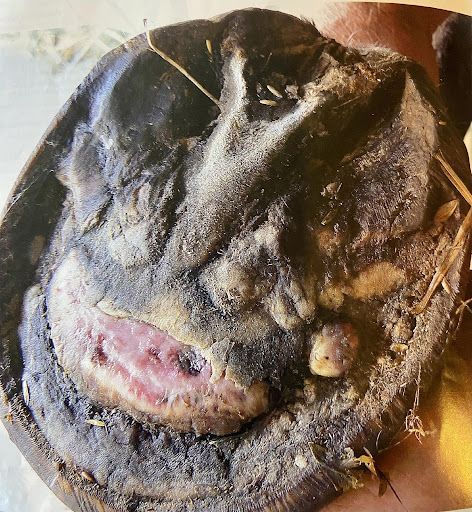AUSTRALIA'S WILD HORSES
Jen Clingly • 16 December 2019
Australia's Wild Horses

Please enjoy this read by the QLD Uni Brumby Research Unit over the holiday season. May these tough feral horses inspire your horse keeping and hoof care practices and principles. There is so much to be learnt from observation of the wild horse.
The Australian Brumby stands out as a mythical, almost romantic icon of Australia. Yet not much is really known about these beautiful, hardy and inherently shy creatures.
Brumbies come in every colour and build, usually running in small bands of around 6-10 horses which include the stallion, mares and their young progeny.
To find and watch them may mean weeks of hiding at waterholes, walking through deserts, waiting on mountain ridges and even searching for them from the air. Researchers of the Australian Brumby Research Team at The University of Queensland are currently exploring the most remote areas in Australia to find herds of horses that are surviving without human intervention.
Capturing these horses on film takes time and patience - wild horses will gallop off at the mere smell of juman scent or a flicker of somthing unfamiliar on the horizon.
Young colts leave the band between 1-2 years of age and often run in "bachelor" mobs until they are dominant enough to form bands on their own. It is recorded that fillies will leave the mob when they reach reproductive age and are quickly picked up by another stallion.
In Brumby country, everywhere in the desert, there are brumby highways, deep tracks forged by thousands of hooves. These are called "pads". Horses will travel single file slowly from waterholes to grazing country on these pads. Brumbies can walk up to 30km daily between grazing and water. Their hooves are generally tough but vary according to the terrain the horses are running on. Brumbies in sandy country such as thjis may have longer hooves.
Brumbies running over rocky country have short hooves, smooth with rounded walls.
Brumbies graze and move constantly.
Brumbies may drink every day or even every three days depending on the avilability of feed and water. Bands will often enter and leave the water holes quickly. Whilst there they drink thirstily and deeply.
Horses on Stations in Queensland and Northern Territory, their habitat can very enormously.
View the entire blog and credits here!

Laminitis kills thousands of horses every year, and leaves thousands of others debilitated with lameness. It will and can affect any horse. And for you, the horse owner it can be devastating: you feel guilty and heartbroken at your horses suffering, confused with all the information as it is typically explained by professionals in scientific terms that can be difficult to understand, costly veterinary bills and you have the major task of nursing your horse back to recovery. . Unseasonal weather patterns around Australia with abundant rain and sunshine saw laminitis at a near epidemic last year. The reason being, that the environmental conditions can trigger increases in the sugar, starch and fructan. These collectively known as non-structural carbohydrates can cause laminitis in any horse or pony. Alarm bells ring this spring!! Be warned and be prepared, for prevention is better than cure.

The extraordinary relationship between humans and the horse has been running since before the birth of Christ. Indeed, there is evidence our domestication of horses goes as far back as 3500 BC. And ever since we recognised the utilitarian value of the horse, there has been the horseshoe. The use of horseshoes has become an almost unquestioned tradition. Humans have been nailing shoes onto horses’ hooves for well over a thousand years. Who can remember back to a time otherwise?
